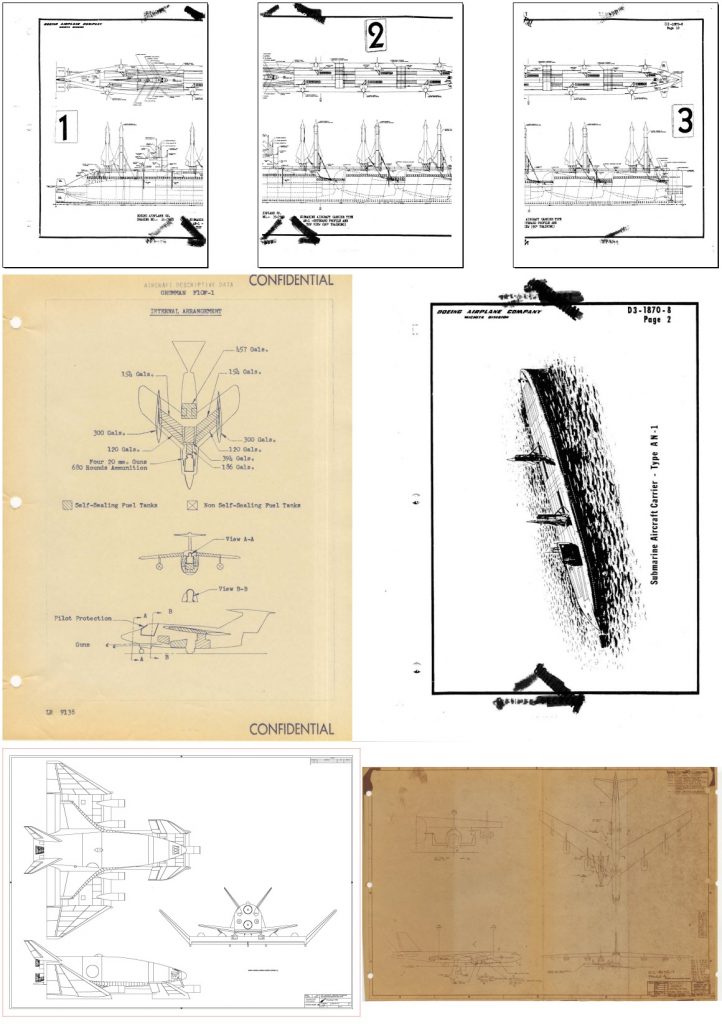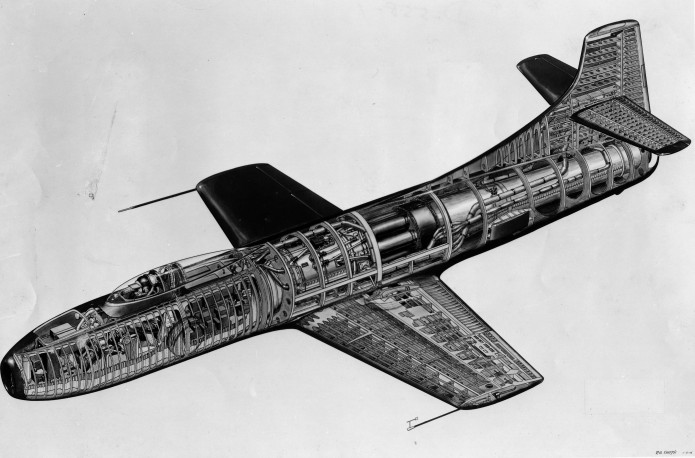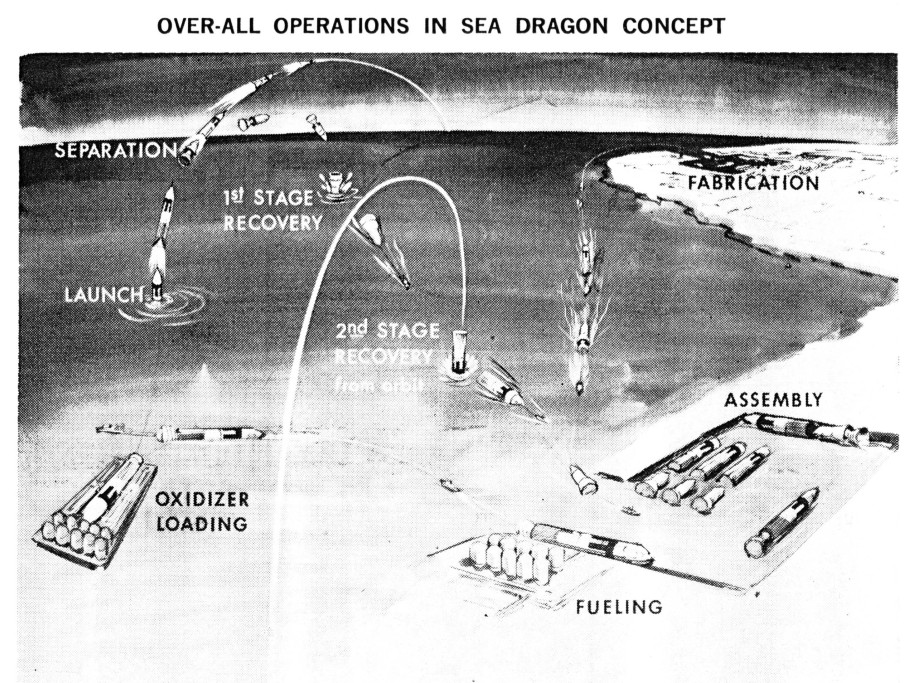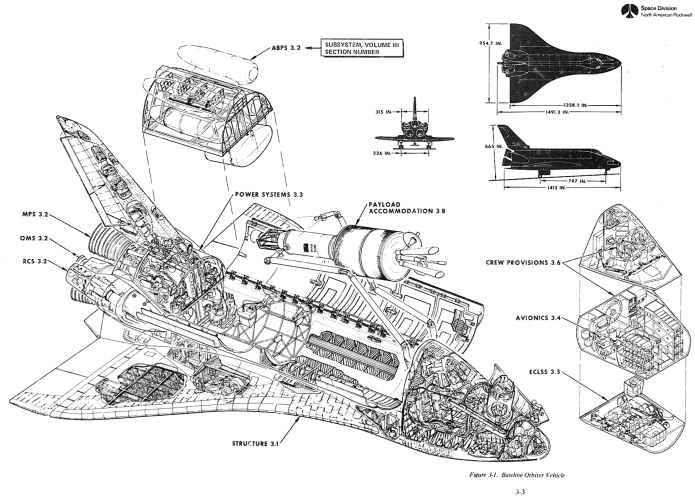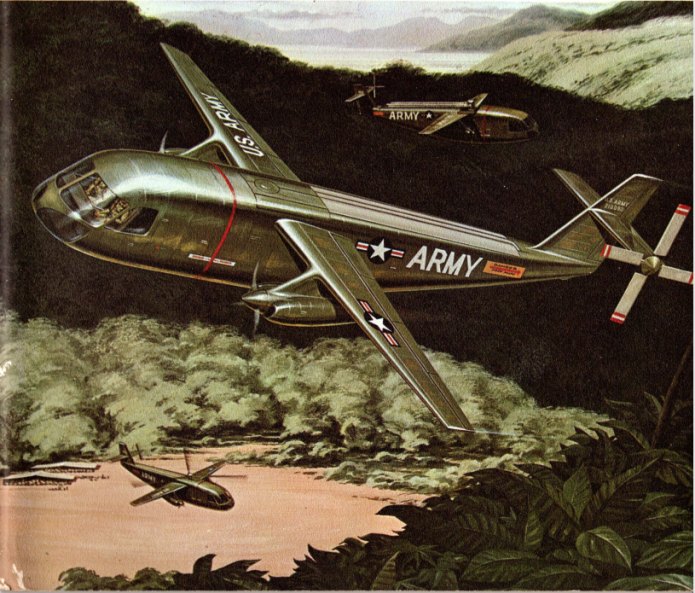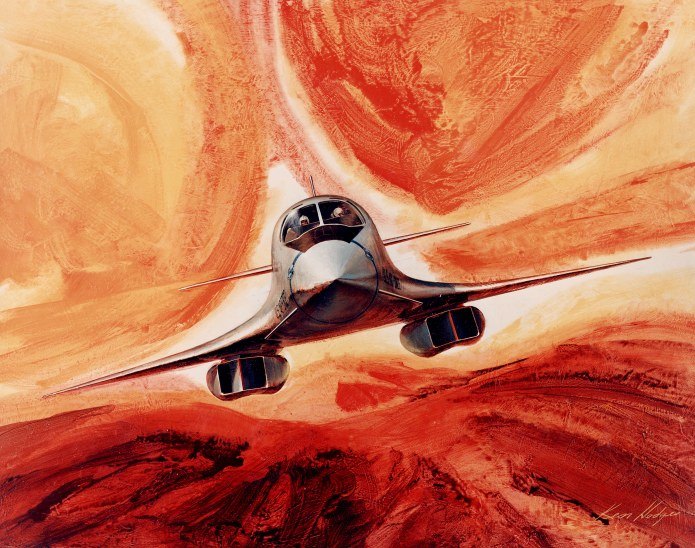I’m terrible at posting updates on the latest rewards, but I do get every rewards package out on time. That said, APR Patrons and Monthly Historical Documents Program subscribers have just been sent the rewards for April, 202. This package includes:
1) “Flying Carpet Feasibility Study Submarine Carrier,” a full scan of the 1958 Boeing report on a series of submarines design to carrying Mach3+ VTOL strike fighters
2) “F10F Descriptive Data,” a full scan of a 1953 Lockheed document describing this competitors design
3) Diagram 35-17610, B-52 airdrop carrier aircraft for the Model 844-2050 X-20 Dyna Soar
4) A CAD diagram of a two-stage Rockwell Trans Atmospheric Vehicle using a ground effect machine first stage
If this sort of thing is of interest and you’d like to get in on it and make sure you don’t miss any of the forthcoming releases, sign up either for the APR Patreon or the APR Monthly Historical Documents Program.
All prior “back issues” are available for purchase by subscribers.
Protected: April 2020 catalogs
Once again Patreon seems to be becoming unstable. So I’ve got an alternate: The APR Monthly Historical Documents Program
For some years I have been operating the “Aerospace Projects Review Patreon” which provides monthly rewards in the form of high resolution scans of vintage aerospace diagrams, art and documents. This has worked pretty well, but it seems that perhaps some people might prefer to sign on more directly. Fortunately, PayPal provides the option not only for one-time purchases but also monthly subscriptions. By subscribing using the drop-down menu below, you will receive the same benefits as APR Patrons, but without going through Patreon itself.
I’m slowly stitching together a series of scans of a very, very large paint guide for the B-1B. The first sheet of six shows the port side of the fuselage.
This first sheet is in the catalog of the APR Patreon and the Monthly Historical Document Program for patrons/subscribers to vote for. As the other sheets are completed, they will be added to the catalog.
Cutaway artwork of the Douglas D-558-I Skystreak, a transonic research plane designed and built in the mid 1940’s for the US Navy. Like the contemporary Bell X-1 rocket plane, it had straight wings; but unlike the X-1, it had a turbojet engine and could take off under its own power. It could only get supersonic in a dive. Douglas followed the D-558-I with the D-558-II Skyrocket, a very different and much more advanced aircraft that could fly much faster.
The full-rez scan of this cutaway has been made available to all $4 and up APR Patreons and Monthly Historical Document Program subscribers. It has been uploaded to the 2020-03 APR Extras folder on Dropbox for Patreons and subscribers. If interested in this piece or if you are interested in helping to fund the preservation of this sort of thing, please consider becoming a patron, either through the APR Patreon or the Monthly Historical Document Program.
Sea Dragon was, as is doubtless news to few around here, an early 1960’s idea at Aerojet for an extremely large, very simply two-stage pressure-fed space booster. It was meant to be as cheap to build and operate as possible with 1960’s tech, relying on scale to make it all work. Would it have worked? Maybe. Physics supports it. Would it have been cheap to operate? Hard to tell. “Simple as possible” does not equate to “simple,” and anything the size of Sea Dragon, especially screaming out of the sky to smack into the ocean while blisteringly hot… well, there are always risks.
In 1963 the idea of a pinpoint vertical landing a la the Falcon 9 would have been ridiculous, so splashdown was really the only way to go for a booster designed for simplicity. But as NASA and Thiokol found with dropping Shuttle boosters into the drink, recovery and refurbishment after salt water immersion can be a bit of a headache. The way to make a Sea Dragon truly economically competitive would be, as with Falcon 9, flight after flight after flight, often enough that it ceases to be an Amazing News Story and becomes, like the Falcon 9, seemingly dull and monotonous. But given the million-pound payload of the Sea Dragon it’s difficult to envision a space program following on the footsteps of Apollo that would have required a Sea Dragon every few weeks. It would certainly have been *nice* to have had such a program (and if the current pandemic takes down western civ it will turn out that the lack of such a program was criminally negligent) but the existence of a timeline with such a program seems a little difficult to envision.
The article, written by sea Dragon advocate Robert Truax, that the above illustration came from has been scanned and made available to above-$10 APR subscribers and Patrons.
The North American Rockwell proposal for the Space Shuttle Orbiter. It is clearly *close* to what actually got built, but there are important differences. The airlock is in the nose and the OMS pods are lower on the sides of the rear fuselage and the rear portion of the cargo bay could be fitted with a pod that includes flip-out turbofan engines for range extension and landing assistance.
The full-rez scan of this diagram has been made available to all $4 and up APR Patreons and Monthly Historical Document Program subscribers. It has been uploaded to the 2020-02 APR Extras folder on Dropbox for Patreons and subscribers. If interested in this piece or if you are interested in helping to fund the preservation of this sort of thing, please consider becoming a patron, either through the APR Patreon or the Monthly Historical Document Program.
A piece of Lockheed concept art circa 1966 depicting a concept for a stowed-rotor helicopter, capable of efficient hovering performance as well as efficient high speed forward flight. This design is related to though distinct from the design depicted in artwork HERE. Note that the backgrounds of the two paintings share a lot of similarities… same ground structures, same leaves in the lower right. I don’t know if this means that one painting was copied from the other, or if one painting was painted *over* the other. In which case… as noted on the other post, I actually own that other piece of artwork. Buried under that upper layer of paint might be *this* image. Ain’t no way I’m going to scrape the paint off just to check, but the technology exists to X-Ray it to look for what’s buried underneath. Not that I’m going to do *that* either…
This aircraft is shown operating in Viet Nam, in US Army colors. This would have irritated the hell out of the US Air Force; by 1966, the USAF was to have control of all fixed wing combat aircraft. The role for this aircraft in Viet Nam would have been search and rescue rather than the transport of troops or ground attack, but still the USAF would have objected.
This piece of art came from a magazine article published in 1966. The full article has been scanned and saved as a PDF, made available to all $4 and up APR Patreons and Monthly Historical Document Program subscribers. it has been uploaded to the 2020-01 APR Extras folder on Dropbox for Patreons and subscribers. If interested in this piece or if you are interested in helping to fund the preservation of this sort of thing, please consider becoming a patron, either through the APR Patreon or the Monthly Historical Document Program.
Certainly a dramatic shot, and also a very final shot for a bug, bird or unfortunate parachutist.
This Rockwell illustration dates from the early 70’s and represents the almost-final B-1 configuration, from back when being very supersonic was the goal rather than being stealthy at low altitude.
The full image has been made available as a thank-you to APR Patreon and Historical Documents Program patrons at the $4 and above level, placed in the 2020-01 APR Extras . If interested in this piece or if you are interested in helping to fund the preservation of this sort of thing, please consider becoming a patron, either through the APR Patreon or the Monthly Historical Document Program.
